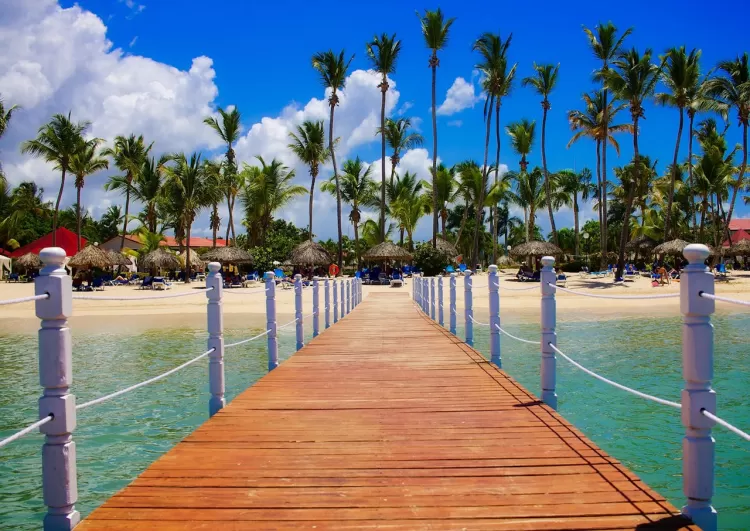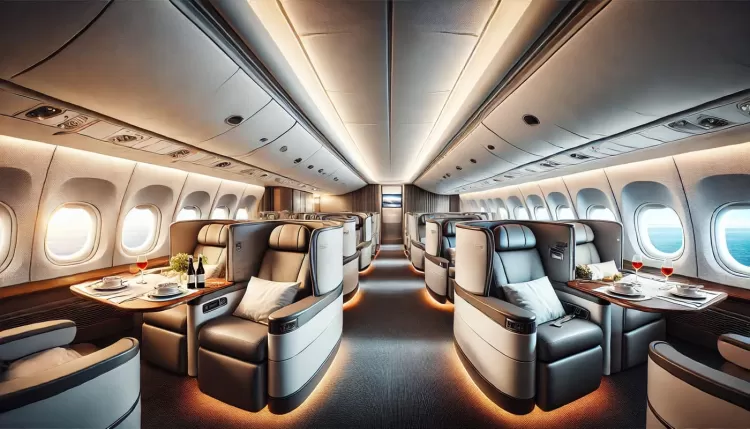Canada Pledges Border Crackdown Amid Donald Trump's Tariff Threat

Join our WhatsApp Community to receive travel deals, free stays, and special offers!
- Join Now -
Join our WhatsApp Community to receive travel deals, free stays, and special offers!
- Join Now -
Four Canadian ministers publicly unveiled on Tuesday a border security plan they had privately presented to US President-elect Donald Trump's incoming administration, with an emphasis on surveillance, intelligence and technology.
Canadian ministers had an "encouraging" meeting with Trump's border czar Tom Homan, Public Safety, Finance and Intergovernmental Affairs Minister Dominic LeBlanc told reporters.
"I went through with Mr. Homan the information that we're sharing with you today... I'm encouraged by that conversation and by conversations I've had with the incoming Secretary of Commerce, Howard Lutnick," LeBlanc said.
LeBlanc and his colleagues announced Tuesday a plan to beef up the US-Canada border with helicopters, drones, surveillance towers and sniffer dogs, as well as a "joint strike force" to target transnational organized crime.
The embattled minority government of Prime Minister Justin Trudeau says it will invest C$1.3 billion ($909 million) toward border security over six years. The plan focuses on fentanyl, irregular migration and organized crime.
Canada has been under pressure to beef up its border with the US since Trump threatened Canada and Mexico with sweeping 25 per cent tariffs if they did not stem the movement of migrants and drugs into the United States.
US authorities apprehended more than 23,000 people near the US-Canada border in the 12 months ending in October, more than double the previous year but a tiny fraction of the 1.5 million people apprehended near the US-Mexico border during that time.
Canadian police say they have installed more cameras and sensors over the most-traversed section of the border over the past four years.
Yet they acknowledge there is little they can do to stop southbound crossers.
Experts told Reuters the flurry of attention to the US-Canada border is as much about perception as reality.
They said a more effective mode of interdiction may be to stop people from coming to Canada in the first place.
As Reuters has reported, Canada is already attempting that - granting fewer visas and turning away visa-holders.
Canada also plans to amend its immigration law to allow authorities to "cancel, suspend, or vary immigration documents for reasons deemed in the public interest."
This might take place, Immigration Minister Marc Miller said Tuesday, "for example, in cases of mass fraud."
Miller said Canada also "will be introducing measures to streamline the asylum system to deal quickly with illegitimate claims." He has hinted at fast-tracking faint-hope refugee claims.
Miller also announced an end to the practice of "flagpoling," in which temporary residents leave the country just long enough to come back in and renew their status.
While the focus has been on migrants crossing southbound from Canada to the US, Canada has been bracing for the reverse influx as people flee Trump's threat of mass deportations.
"To anyone considering entering Canada illegally, as we head into the coldest months of the winter, we want to make it clear that trying to cross into Canada between our official ports of entry is dangerous," Miller said.
Trudeau's government was thrown into chaos Monday when his finance minister and deputy prime minister Chrystia Freeland quit. Trudeau, trailing in polls, faces calls from within his own caucus to resign.
(Except for the headline, this story has not been edited by NDTV staff and is published from a syndicated feed.)
What's Your Reaction?
 Like
0
Like
0
 Dislike
0
Dislike
0
 Love
0
Love
0
 Funny
0
Funny
0
 Angry
0
Angry
0
 Sad
0
Sad
0
 Wow
0
Wow
0



















































